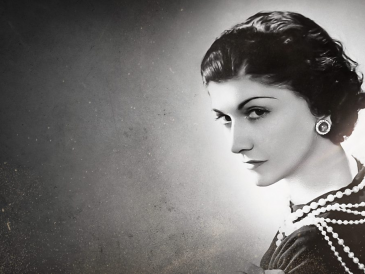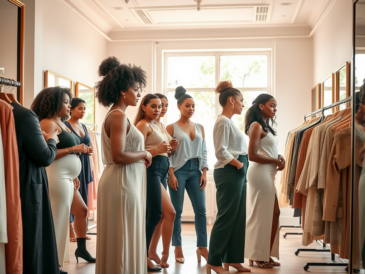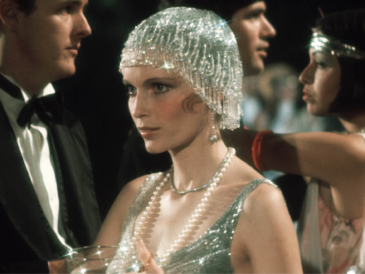When it comes to work events, the attire you choose to wear can speak volumes about your professionalism and attention to detail. Understanding the nuances of different dress codes can make all the difference in how you are perceived in a professional setting. A well-chosen outfit not only reflects on your personal style but can also enhance your confidence and create a positive impression with colleagues, clients, and superiors alike. It’s essential to navigate these dress codes with care, aligning your choices with the expectations of the event while ensuring comfort and self-expression.
Professional dress codes are not just arbitrary rules; they are an integral part of workplace culture. Adapting to these norms is crucial for career growth and networking opportunities. As such, knowing when to don a suit versus when to opt for smart casual can be the key that unlocks opportunities. Let’s explore the various dress codes you’ll encounter, helping you blend seamlessly into any professional environment and stand out for all the right reasons.
Types of Dress Codes
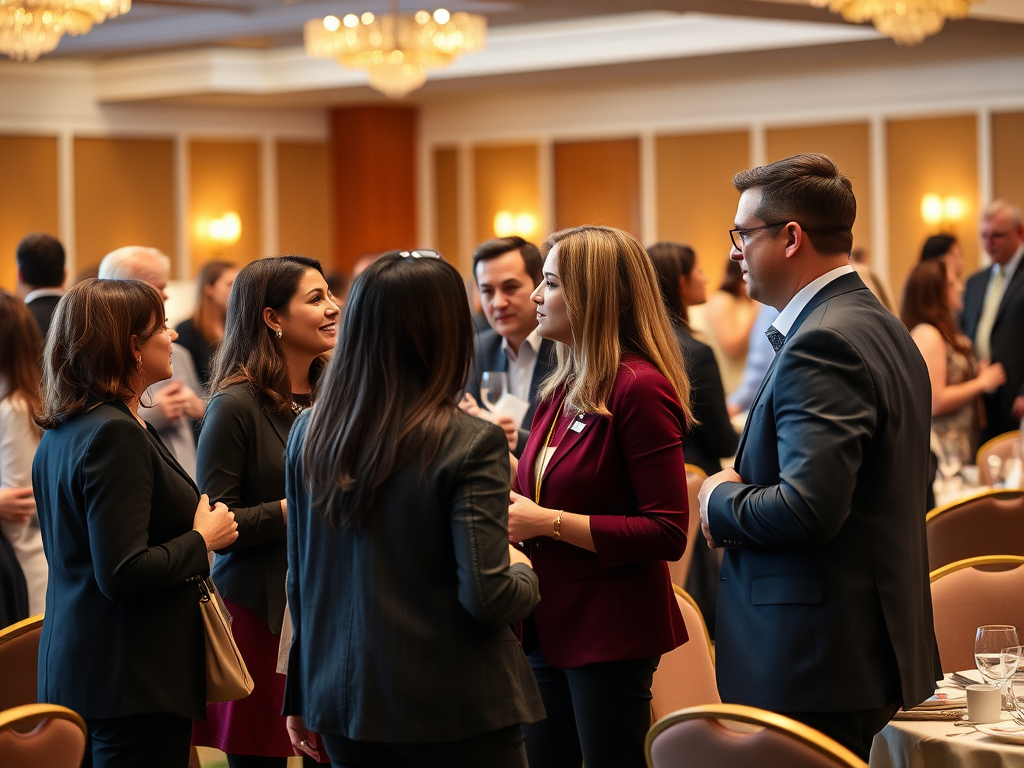
Understanding different categories of dress codes is essential for making informed decisions about your attire. Each category often comes with its own set of expectations and styles. To clarify these distinctions, we will explore the most common types of dress codes you might encounter at work events. Here are some essential dress code categories:
- Business Professional
- Business Casual
- Smart Casual
- Casual
Business Professional
Business professional attire is often associated with formal work settings. This typically includes tailored suits, conservative color palettes, and clean, polished looks. For men, it’s common to see dark suits complemented with a dress shirt and tie. Women often opt for fitted blouses, suits or tailored dresses paired with closed-toe heels. A business professional look exudes authority and confidence, making it a go-to choice for critical meetings and presentations.
Business Casual
Business casual, on the other hand, strikes a balance between professional and relaxed. While still polished, this attire may include khakis, dress shirts, and casual blouses. For men, this could mean skipping the tie but still wearing a collared shirt, while women might choose to wear a chic top with dress pants or appropriate skirts. The key to business casual is ensuring the look remains sophisticated without venturing into overly relaxed territory.
Smart Casual
Smart casual mixes elements of business casual with a more relaxed style. It allows for a degree of individuality while still presenting a put-together appearance. Often seen at less formal networking events or casual Fridays, examples for men might include tailored jeans, blazers, and loafers. Women can explore options like stylish dresses, fashionable skirts, or nicely tailored pants. Smart casual provides versatility while still respecting the professional context.
Casual
Casual attire is usually reserved for more laid-back work environments or social events within a workplace. Jeans, T-shirts, or sneakers can often be acceptable here, but be careful not to appear too relaxed. The appropriateness of casual attire is highly dependent on the event type. Context is crucial—while a company picnic might call for shorts and sandals, a casual team meeting could still warrant a more refined look.
Understanding the Dress Code for Specific Events
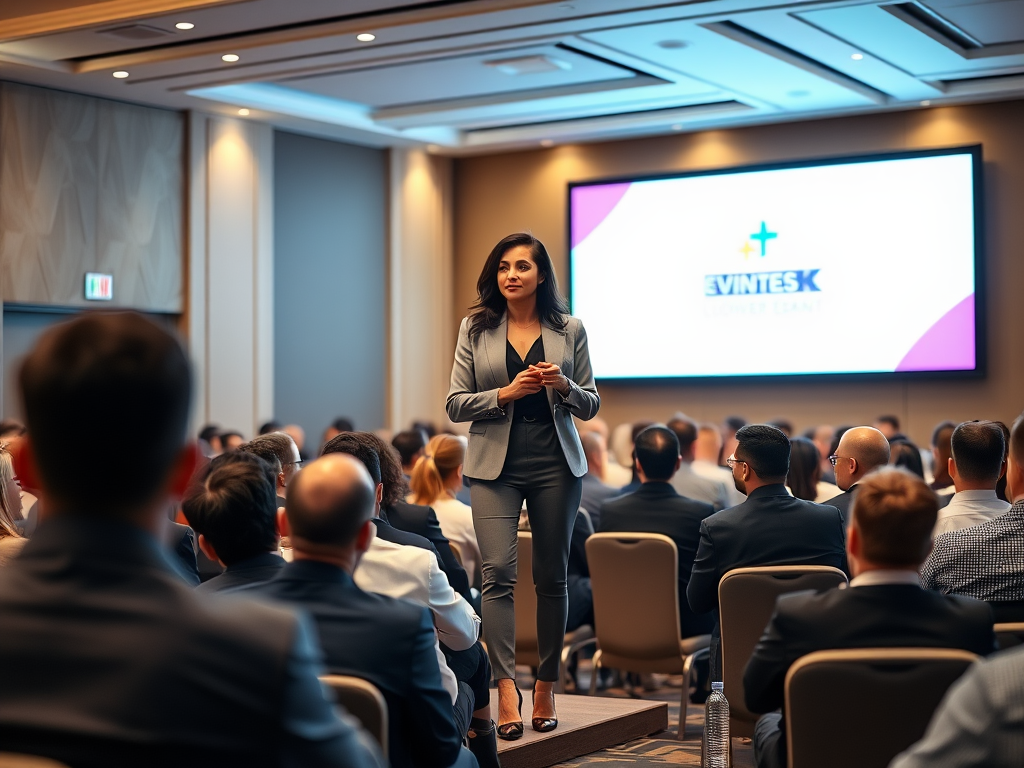
Choosing the right outfit for specific events is essential for maintaining professionalism and fitting the context. Here’s a glimpse at what to wear for some common professional gatherings:
Networking Events
Networking events often require smart casual or business casual attire. This is an occasion where first impressions matter greatly. You want to project professionalism while being approachable. Aim for outfits that are stylish without overshadowing your personality.
Conferences and Seminars
When attending conferences and seminars, consider comfort alongside professional appearance. Long hours on your feet mean that your choice of footwear and clothing is essential. It’s advisable to wear business casual unless otherwise specified, sticking with breathable fabrics and comfortable cuts.
Company Parties
Company parties can often blur the lines between formal and casual. While you might have the freedom to express yourself, it’s important to maintain a level of professionalism. Consider the vibe of the event—formal gatherings may call for business professional attire, while an outdoor barbecue could leave room for something more relaxed.
Client Meetings
In client meetings, always prioritize business professional attire. This reinforces respect and credibility with your clients. Understanding your client’s culture and preferences can guide your choices. Aim for outfits that speak to your professionalism while ensuring you’re not too rigid.
Accessorizing for Professionalism
Accessories can significantly enhance your professional appearance. They provide an opportunity to showcase your personal style while maintaining a polished look. Here are some accessory tips to consider:
- Opt for subtle, elegant pieces of jewelry that complement rather than distract.
- Choose a professional-looking bag that is both functional and stylish.
- Watch your grooming; clean, neat hairstyles can elevate your overall appearance.
| Dress Code | Men’s Attire | Women’s Attire |
|---|---|---|
| Business Professional | Suit, tie, dress shoes | Suit, blouse, closed-toe heels |
| Business Casual | Polo, khakis, loafers | Chic top, dress pants, flats |
| Smart Casual | Tailored jeans, blazer, loafers | Stylish dress, tailored pants |
| Casual | Jeans, T-shirt, sneakers | Casual dress, sneakers |
Conclusion
Dressing appropriately for work events is not just about looking good; it’s about demonstrating professionalism and respect for the occasion. By understanding various dress codes and tailoring your appearance to fit the event context, you position yourself favorably in your career. The right attire enhances your confidence and can lead to networking opportunities. So whether you’re heading to a formal meeting or a relaxed company gathering, aligning your wardrobe with the occasion will undoubtedly leave a lasting impression.
Frequently Asked Questions
- What is the difference between business casual and smart casual? Business casual typically includes dress shirts, slacks, and closed-toe shoes, while smart casual can incorporate more relaxed items like tailored jeans and blazers.
- How should I dress for a company party? Aim for smart casual or business casual attire unless otherwise specified. Consider the event’s tone and location.
- Are jeans acceptable for professional events? It depends on the dress code. They may be acceptable in business casual or smart casual settings but should be avoided in business professional environments.
- What should I consider when choosing accessories? Aim for simplicity and professionalism; avoid overly flashy or distracting items.
- Can I wear sneakers to work events? Sneakers may be acceptable in casual or smart casual settings but should be clean and in good condition. Always consider the overall tone of the event.


